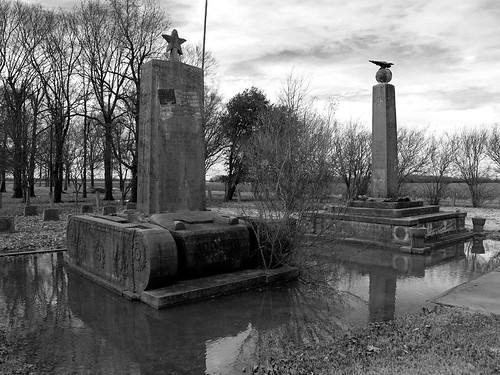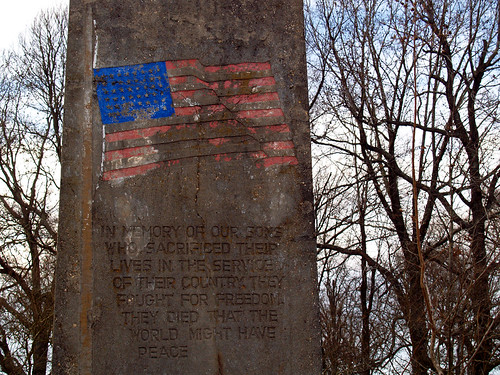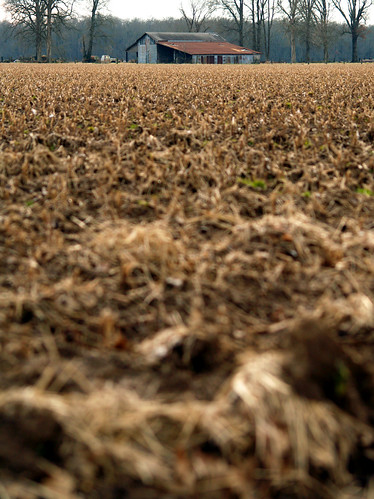In 1942, President Roosevelt established the War Relocation Authority for the "relocation, maintenance, and supervision" of Japanese-Americans. The WRA built ten relocation camps, with the majority of them being located in Western states. But two sites were selected in Arkansas, one by the town of Jerome, and the other one in Rohwer.
The camp in Rohwer was situated on over 10,000 acres of land, which included the barracks for the relocated citizens, and buildings for schools, health care, laundry and even a cinema. The Rohwer camp operated from September 1942 to November 30, 1945. The highest number of people recorded in the camp was in 1943, with 8,975 people living behind the barbed-wire fences. Among that number was George Takei of Star Trek fame, who lived there in 1942.
The state of Arkansas was not pleased to have the two camps here. In 1943, the state legislature passed a law meant "to prohibit any Japanese, citizen or alien, from purchasing or owning land in Arkansas." While that law was ruled unconstitutional, the governor at the time was against allowing any Japanese American student to attend college classes in the state. In fact, only one Japanese American student was accepted into a college during the length of World War II. I was a bit pleased to see that the only university in the state to accept a Japanese American student was the University of the Ozarks in Clarksville (my alma mater).
At the end of the war, the camps were shut down and the Japanese Americans were finally allowed to return home. The camp's buildings were torn down, and the land became cotton fields. The only lasting legacy of the Rohwer camp is a small cemetery. I drove up to the cemetery, located along a dirt road that was surrounded on all sides by rows of cotton.

The cemetery contains the graves of about twenty people who died while at the camps. There are two huge markers. One is a memorial for those who passed away while living in Rohwer. The second one, which is shaped like a tank, commemorates the 326 Japanese Americans who decided to join the US Army while being forced to live at Rohwer. During the war, the soldiers fought in France and Italy. The memorial here is for 31 soldiers from Rohwer who died in battle.


The cemetery became a National Historic Landmark in 1992. The concrete markers have faded over time, but they provide a somber contrast to the verdant farmland that surrounds it now.

The cotton fields that surround the cemetery seem to stretch on for miles, and there were a few pieces of cotton that must have escaped last year's harvest.

Across one of the fields was this old barn, one of the few buildings that you can see from the cemetery.

I couldn't help but wonder where the old buildings and barracks of the camp used to be. Were the foundations replaced with the rows of cotton? If there wasn't a cemetery here, there would be no lasting trace of the Rowher camp.

Rohwer is a place I've been wanting to visit for several years now. My Grandmother was from this part of the state, and worked at the camp during the War. Occasionally, she would tell us some stories about the camp, which I'm sad to admit that I don't really remember all that well now. She worked in the administrative offices, which were generally kept separate from the Japanese population. She needed help making ends meet while my Grandfather was in the Navy, and the relocation camps were one of the few places in that part of the state that were hiring.
I left the cemetery and headed back to the main road, stopping to get this view looking down the train tracks that must have passed by the camp at one time.

The cemetery at Rowher probably doesn't see too many visitors. The markers there are faded, the concrete reflecting the 65 years that have passed since the camp was in operation. But for all the activity and humanity that was placed here, the cemetery and its weathered markers are all that remain, surrounded by fields of cotton.

I love the last image of the tracks!
ReplyDelete